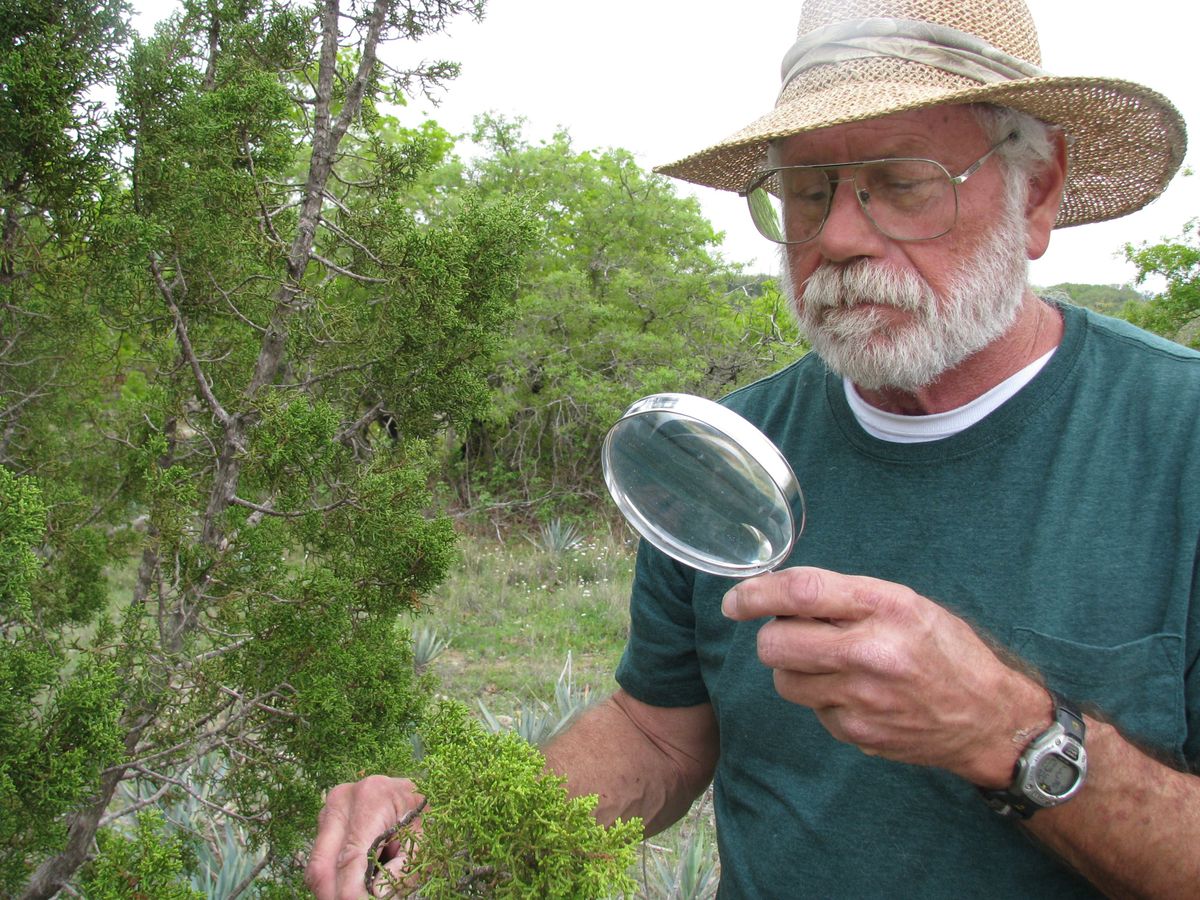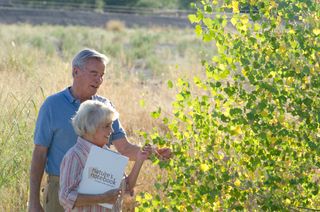
Tracking Leaf-Out: A Good Cause Takes Root: Op-Ed

Jake Weltzin is an ecologist with the U.S. Geological Survey and executive director of the USA National Phenology Network. He contributed this article to Live Science's Expert Voices: Op-Ed & Insights.
The first days of spring are upon us: longer days, sunnier skies, the breeze turning from frigid to pleasant. Like it was for me growing up in Anchorage, Alaska, the first trace of green on long-bare trees signifies the true end of winter. Each year, on my birthday in early May, I’d eagerly scan the birch trees for that first hint of lime-green that signaled, “Spring is here!”
My current home, Tucson, abuts big mountains, and for the last three years I’ve maintained sanity by avidly tracking the leafing of cottonwood trees (each February, mind you!) during hikes up Pima Canyon. My weekend hikes keep me grounded, if not sane, because not only am I seeking indicators of spring as I’ve done my whole life, I’m also contributing to an understanding of global climate changes “in my own backyard.”
Changes in the timing of leaf-out — that important indicator of spring to so many of us, including farmers and ranchers — are an important indicator of not only an early spring but also of the larger climate-change driver.
In many parts of the world, spring is arriving earlier and the growing season is lasting longer. These changes have far-reaching implications. When warmer temperatures occur earlier in the year, trees may leaf out and blossom earlier, and animals may change their migration or breeding times. Longer growing seasons may mean increased forest growth, which affects carbon, water and nutrient cycles; some birds produce additional clutches of eggs; and many insects (including pests such as bark beetles in the West or gypsy moths in the East) reproduce more quickly and often.
Tracking and understanding those changes requires data — a great deal of data —ideally spread over time and distance. Data from satellites in space offer us important clues about how plants are responding to spring, summer and autumn conditions, but they only provide a coarse view of the landscape, not individual trees.
That’s where we come in. Scientists like me and natural resource managers turn to the general public to help us "Catch the Green Wave” — to better understand not only greening in the spring, but also color change and leaf drop in the autumn, across the entire country. For the next five years, we’re particularly interested in tracking maples, oaks and poplars, some of the most culturally and economically important tree species in the United States.
Sign up for the Live Science daily newsletter now
Get the world’s most fascinating discoveries delivered straight to your inbox.

In addition to building a more robust and detailed map of the Green Wave, knowledge gathered on the ground helps us improve forecast models and early warning systems for use in forest management and even public health administration (for example, with pollen forecasting).
You can contribute phenology data to Nature’s Notebook, an online program the USA National Phenology Network manages that collects observations of leaf phenology from professional and amateur naturalists. The network uses those data for research and resource management recommendations related to water, wildlife, wildfires and working farms and ranches.
We’ve established campaigns focused on maples, oaks and poplars for each region of the United States. Even if “spring has sprung” in your area, it’s not too late to select a plant and track it through the summer, because we also want to know specifics of the autumn “brown-down” too. The Green Wave blew through southern Arizona last month — has it reached your hometown? Get out and see: catch the Green Wave!
The views expressed are those of the author and do not necessarily reflect the views of the publisher.












